I stood at the edge of Southern Sardinia and looked out over the ancient ruins of Nora, where Phoenician sailors once strolled nearly 3,000 years ago. Phoenicians founded the Nora Archaeological Site in at least the 8th century BC, and Romans later expanded it; now, the ruins sit partly submerged in the sparkling Mediterranean waters hugging the coast.
Waves nudged the shore, and I kept picturing the port bustling with traders and travelers from across the ancient world.
Nora’s unique spot just a few kilometers from Cagliari makes it special—a place where land and sea meet in a dramatic show of history and scenery. The site almost hums with stories, from the Phoenicians who set up this outpost to the Romans who turned it into a lively coastal city.
I wandered along stone paths where so many feet had walked before, passing ruins that now share their space with the tides.
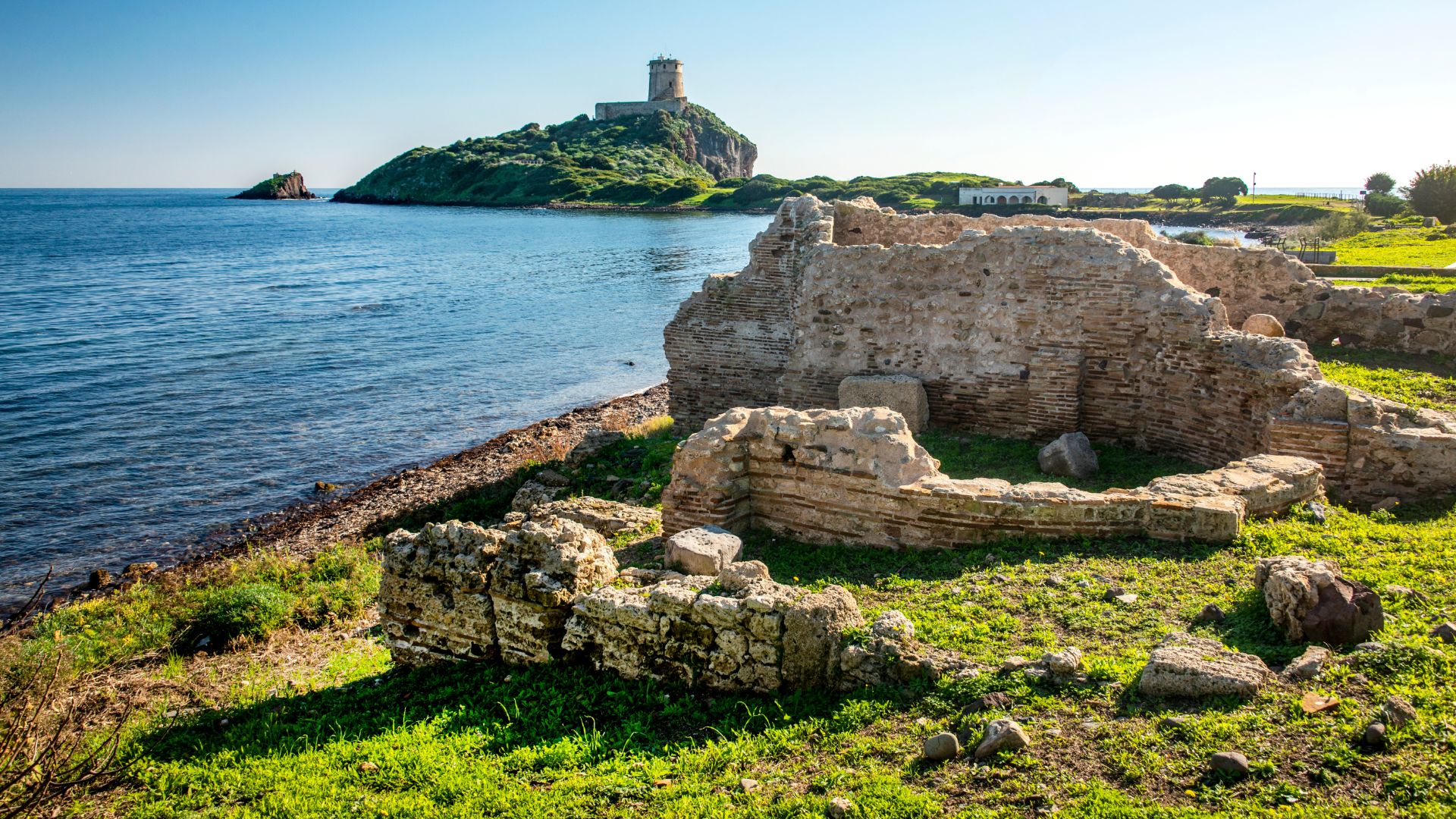
Tracing Phoenician Footsteps: The Ancient Ties of Nora
As I stood among Nora’s ruins, I felt the presence of the ancient Phoenician settlers who sailed here thousands of years ago. Their legacy lingers in the stones and shorelines of this fascinating archaeological site.
Phoenician Arrival on the Mediterranean Coast
The Phoenicians, those master seafarers from the eastern Mediterranean, reached Sardinia’s shores around the 8th century BCE. I found it wild that the Nora Stone, discovered here in the 18th century, is the oldest Phoenician inscription found outside their homeland.
Walking along the coastal path, I pictured Phoenician ships gliding into this strategic bay.
Merchants from Tyre and Byblos saw Nora’s harbor as perfect for trading. The sheltered bays kept their ships safe during storms and gave them access to Sardinia’s resources.
The Phoenicians, who originally came from Canaan, didn’t just trade—they also brought their culture. Their arrival changed this coastline into a lively meeting point of Mediterranean peoples.

Origins and Growth of Phoenician Nora
Nora started as a small trading post and soon grew into a thriving settlement. The Phoenicians built with local stone but kept their own style.
While I explored the site, I noticed how the city layout mirrored Phoenician urban planning. The settlement grew from humble beginnings into a real colonial town, with temples, markets, and homes.
Trade kept Nora alive. Phoenician merchants swapped exotic goods, pottery, and textiles for Sardinian metals and food. This trade made the city grow.
Religious life mixed local traditions with Phoenician gods. Shrines dedicated to Tanit and Baal still show how spiritual life and business went hand in hand.

Nora’s Place Within Ancient Phoenician Colonies
Nora belonged to a network of Phoenician colonies stretching across the Mediterranean. These settlements kept close ties with each other and the Phoenician homeland.
City-states like Byblos, Tyre, and Sidon set up colonies like Nora to secure trade and resources. I find it pretty amazing how these outposts built a Phoenician commercial empire without much military force.
Nora’s spot made it a key link between North Africa, Spain, and the central Mediterranean. Archaeologists have found evidence of trade with other Phoenician colonies like Carthage.
Even far from home, Phoenician settlers kept their culture while adapting to Sardinia. This mix created a unique Sardinian-Phoenician identity that later shaped Roman Nora.
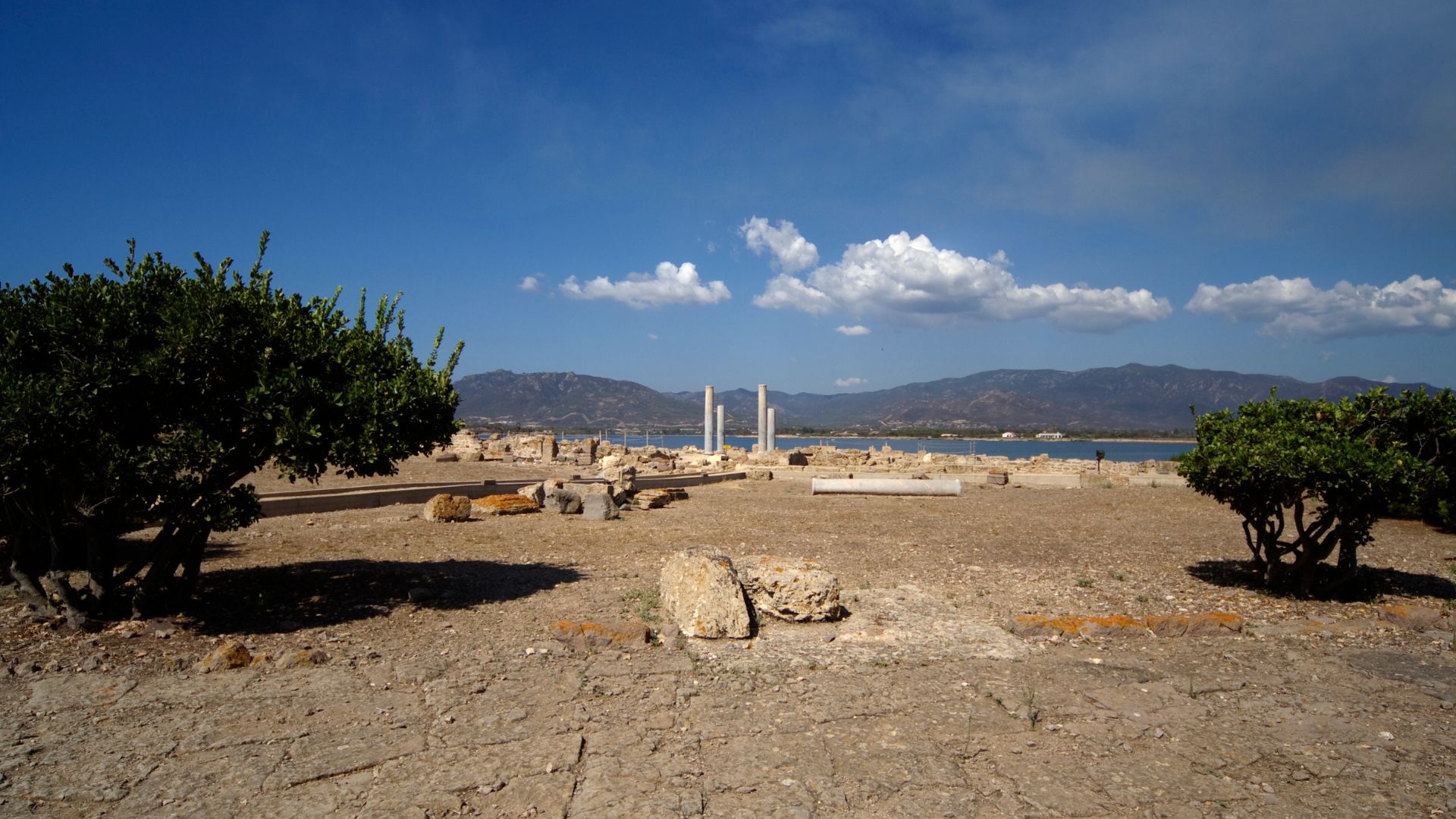
Exploring Nora Today: A Living Mosaic of Cultures
Walking through Nora feels like stepping through time. The ancient stones under my feet have seen Phoenicians, Carthaginians, and Romans, each leaving their mark on this Sardinian gem.
Iconic Archaeological Sites and Phoenician Ruins
The first thing that grabbed me about Nora was how many structures still stand, even after all these centuries. The ruins rise proudly against the Mediterranean, sharing stories of a busy trade port.
I spent ages exploring the ancient theater, which once held up to 1,000 people. Its semi-circular design really shows off some serious engineering.
The forum area hints at Nora’s role as a civic center. Walking through the open plaza, I could almost hear the chatter of traders and politicians.
What really fascinates me is the way the architecture mixes cultures. Phoenician foundations hold up later Roman changes, so you can literally see time layered in stone.
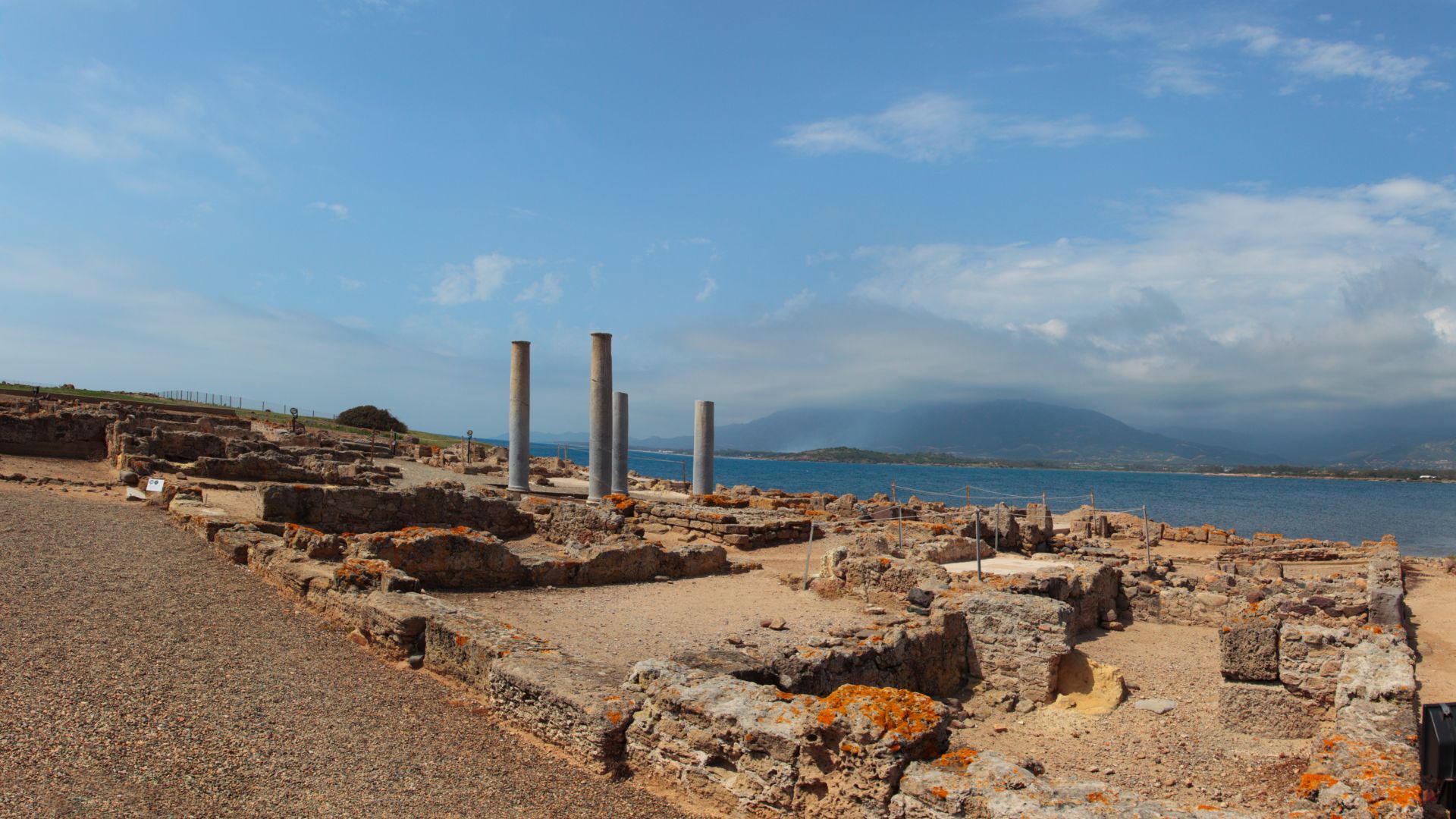
Phoenician Architecture and Artistic Legacies
Phoenician influence jumps out in Nora’s oldest buildings. They used big stone blocks fitted together without mortar—a technique I found especially impressive near the harbor.
Colorful bits of Phoenician pottery sit in display cases around the site. These everyday items have geometric patterns and stylized animals, showing the artistic side of these ancient traders.
The temple foundations caught my eye, too. The Phoenicians built their sacred spaces facing east, with special rooms for offerings.
Carved stone anchors and maritime tools show just how important seafaring was to Phoenician life. These folks really knew how to navigate, and Nora became one of their main outposts.
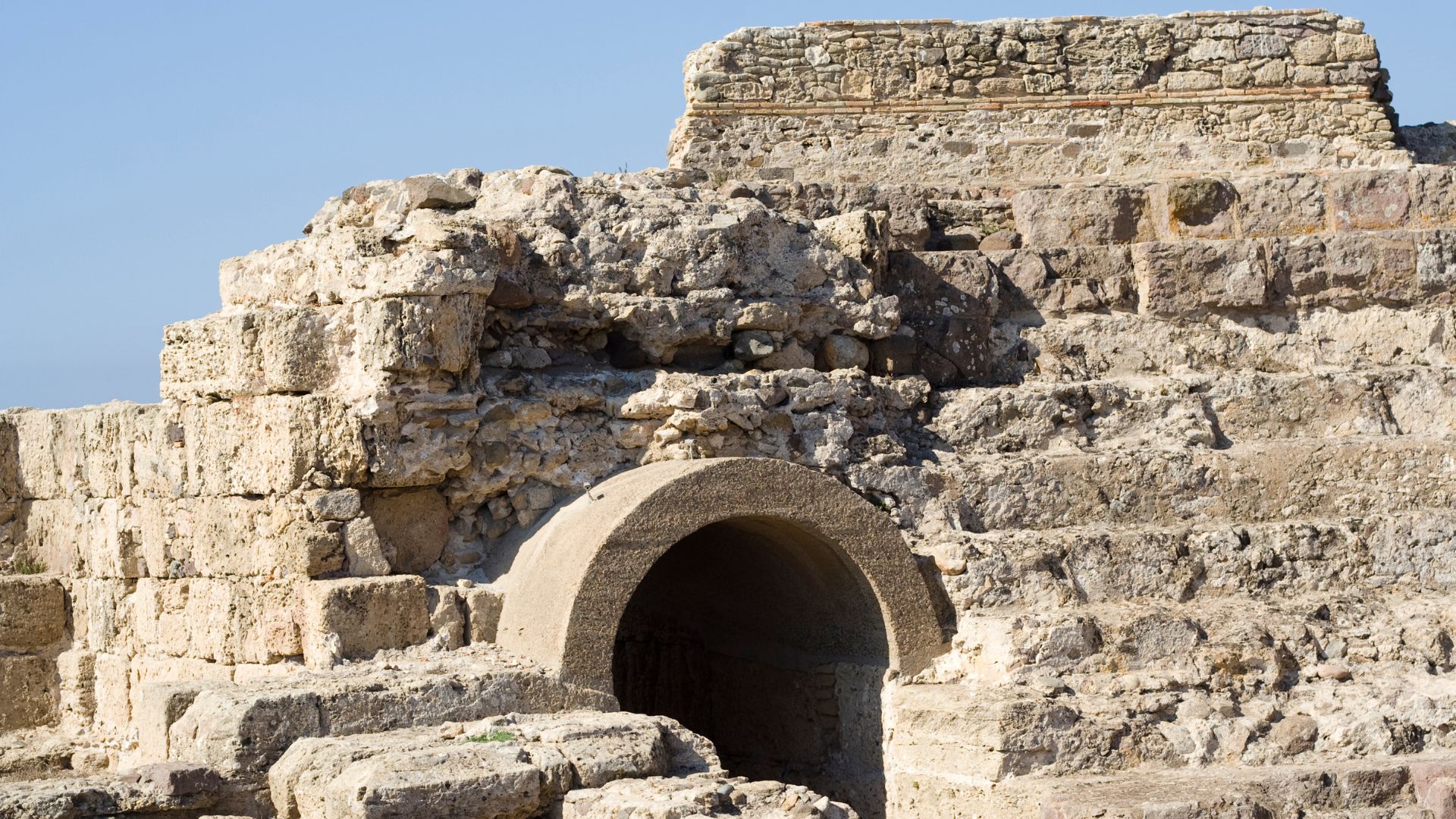
Walking Through Ancient Villages and Mosaics
The residential areas give a peek into daily life. I wandered narrow lanes where regular people lived and worked, surprised by the smart urban planning.
The mosaics are Nora’s real jewels. The “House of the Atrium” has floor mosaics with complex geometric patterns and sea creatures—perfect for a seaside town.
My favorite mosaic shows Neptune surrounded by fish and marine life. The colors are still bright after all these years, now protected by modern covers.
A lot of homes had underfloor heating and indoor plumbing, which honestly blew my mind for such an old settlement.
Small plaques around the site help tell the stories of different buildings. I pieced together how families lived, where they shopped, and how this community blended so many Mediterranean cultures.
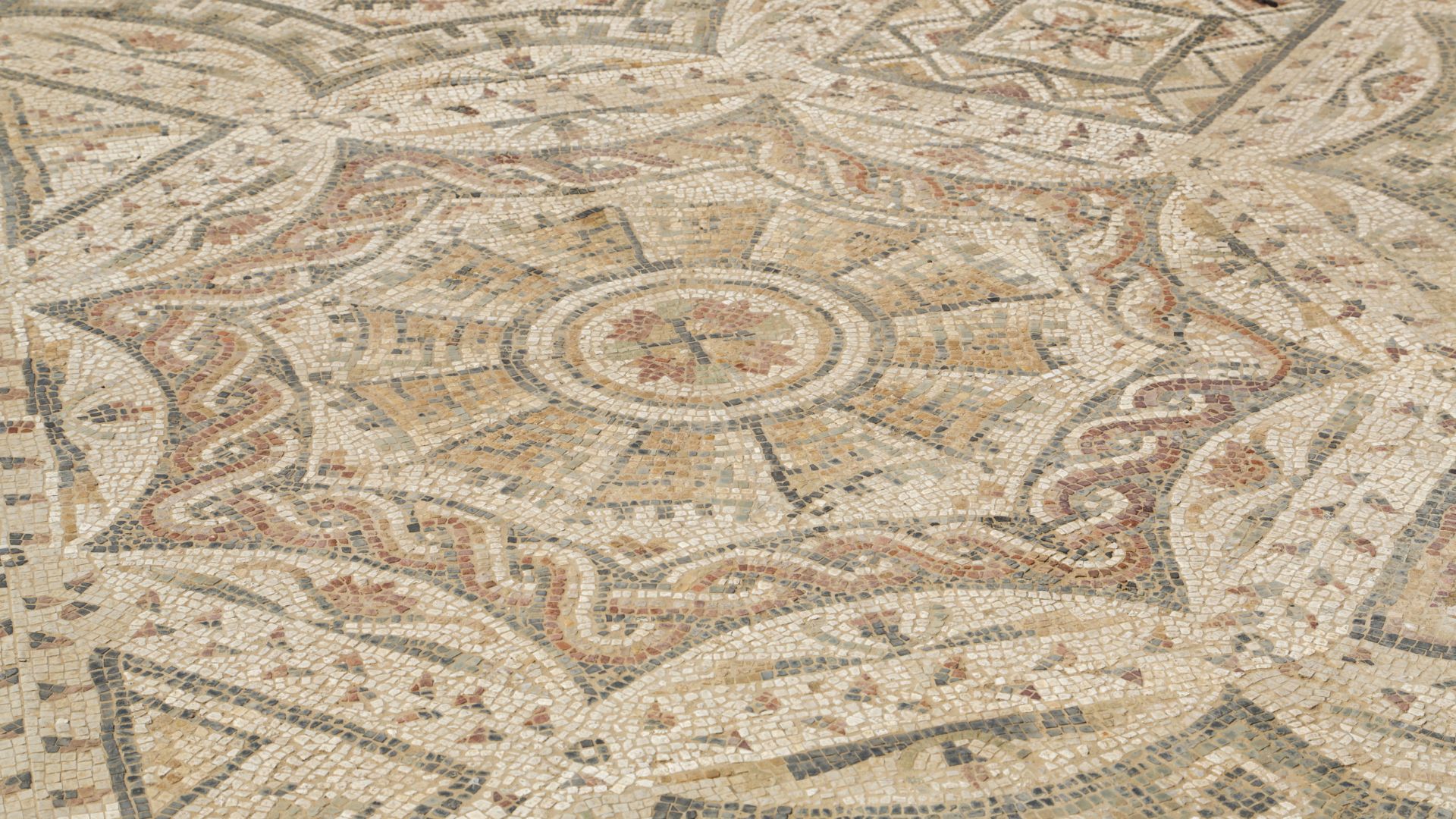
A Swimmer in History: The Mediterranean Waters of Nora
The turquoise waters around Nora link me to thousands of years of maritime history. Floating where ancient ships once sailed, I feel a deep connection to the sailors who braved these same waves.
Swimming Where Phoenician Ships Once Sailed
I slid into the cool Mediterranean waters at Nora and immediately felt like I was swimming through history. The Phoenicians, those legendary seafarers, anchored their ships here around 2500 BCE. Their wooden vessels carried purple dye, ceramics, and metals across these waters.
From my spot in the sea, I pictured their ships with curved prows coming ashore. The Phoenicians set up settlements like Nora as trading posts and built a network across the Mediterranean.
What amazes me is swimming in the same sea where these ancient navigators perfected their craft. Their shipbuilding was legendary—strong enough to travel thousands of miles along the coasts.
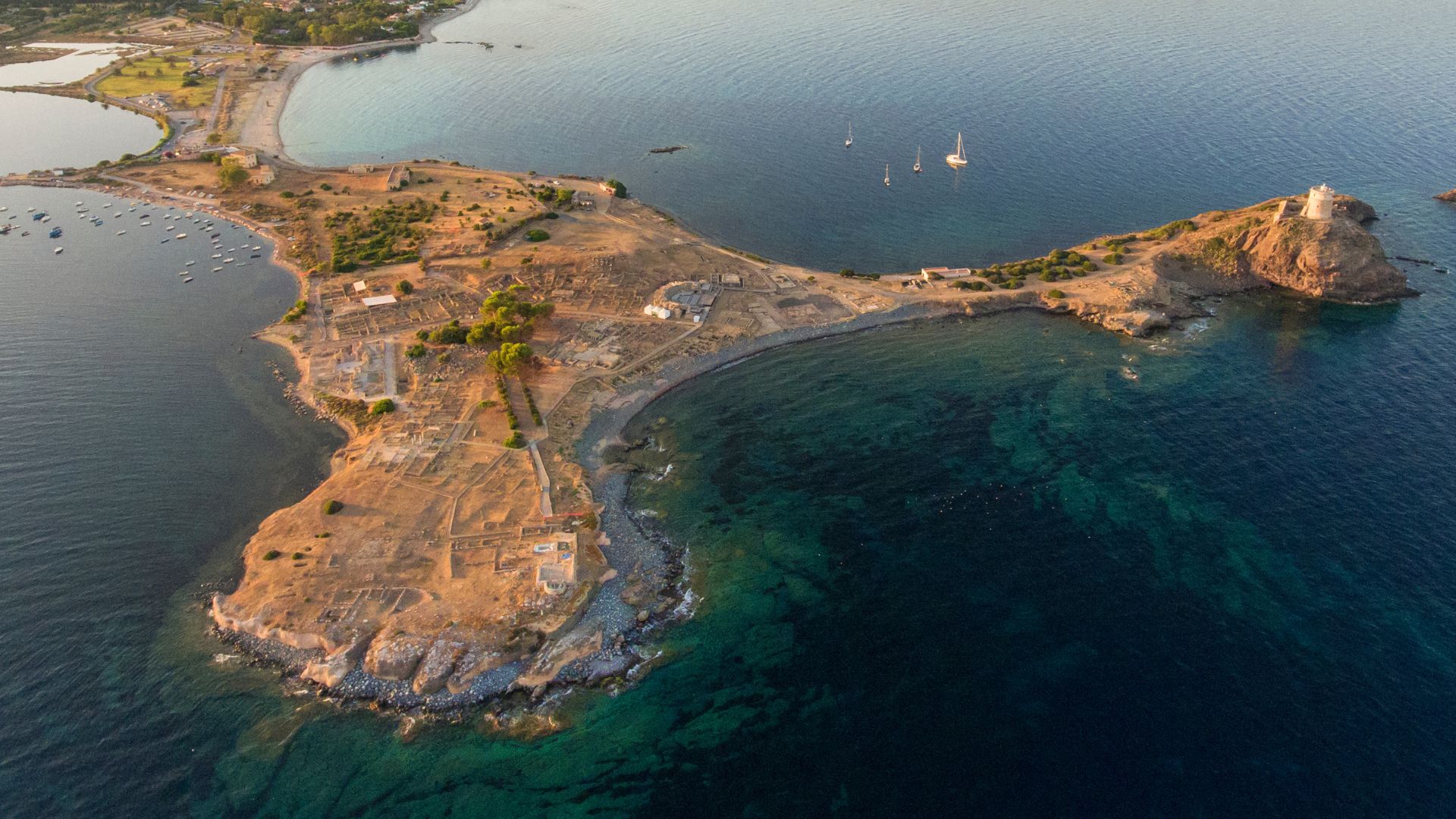
The Mediterranean Sea: Stories of Trade and Navigation
The Mediterranean meant everything to the Phoenicians. It was their highway, not just a body of water.
These expert navigators used the stars to guide them between continents, creating the first big Mediterranean trade routes.
From the water, I could see the remains of Nora’s harbor, where goods from North Africa, Spain, and the Middle East once arrived. The Phoenicians moved olive oil, wine, spices, and textiles through these waters.
They changed navigation by sailing at night, using the North Star as a guide. That move really transformed ancient commerce.
Swimming here, I could feel the currents that helped or challenged those old sailors. The Mediterranean’s gentle waters made it great for trade, though winter storms still threatened wooden ships.
Phoenician Language, Culture, and Ancient Connections
Standing in Nora’s ruins, I felt connected to the Phoenicians who walked these shores long ago. Their language and culture shaped the Mediterranean in ways that still echo today.
Writing Systems: From Phoenician Alphabet to Greek
The Phoenician alphabet stands out as their biggest contribution to civilization. As I traced ancient inscriptions at Nora, I couldn’t help but marvel at how these simple symbols changed writing forever. Their 22-letter consonant alphabet replaced complicated hieroglyphs and became the base for Greek, Latin, and most Western alphabets.
What’s wild is how the Greeks borrowed the system around 800 BCE, adding vowels to make their own alphabet. A lot of our modern letters still look like their Phoenician ancestors.
The letter “A,” for instance, comes from the Phoenician “aleph,” which meant ox.
Most Phoenician literature hasn’t survived. They wrote on things like papyrus and parchment, which just didn’t last. What we know comes mostly from Greek and Roman writers.
Phoenician Religion and Cultural Traditions
The Phoenicians followed a polytheistic religion, worshipping gods like Baal, Astarte, and Melqart. Temple ruins at Nora show how religious practices varied from place to place, but core beliefs stayed the same.
Music played a role in their ceremonies. Archaeologists have found small bronze bells at several Phoenician sites, probably used in rituals. Walking through Nora’s sacred spots, I could almost hear their faint ringing.
Their traditions reflected their identity as master seafarers and traders. Festivals celebrated safe journeys and good harvests. Family mattered, and they honored ancestors with elaborate burials.
Trade shaped every part of Phoenician life. They swapped not just goods but also ideas throughout their Mediterranean network. Their purple dye, made from murex shells, was so prized that even the name “Phoenician” comes from the Greek word for “purple.”
Legacy on the Shores: What Remains of the Phoenicians
Standing on Nora’s beach, I found myself wondering about the ancient hands that built these stones. The Phoenicians left traces that reach far beyond these ruins—from their famous purple dyes to their wide trade network and even their genetic legacy.
Trade, Tyrian Purple, and the Famous Purple Dye
The Phoenicians weren’t just expert sailors—they were clever marketers! Their most famous product, Tyrian purple dye, became the ancient world’s ultimate luxury. During my visit, I learned that this rich purple color came from tiny sea snails found along the Mediterranean.
Each little mollusk produced just a drop of dye. Can you imagine the effort? It took thousands of snails to dye one robe. That’s why purple became the color of royalty and wealth.
Their trade routes connected distant lands. From their homeland in the Levant (now Lebanon), Phoenician ships carried not just purple cloth but also cedar wood, glass, and metalwork all over the Mediterranean.
Carthage and Phoenician Influence Across the Mediterranean
The Phoenicians didn’t just trade—they planted roots everywhere they went. Their most famous colony, Carthage (in what’s now Tunisia), grew so powerful that it eventually rivaled Rome.
When I walked through Nora, I tried to picture this whole network of Phoenician settlements along the Mediterranean coast. From Spain to Cyprus, these colonies shared urban planning, architecture, and even religious practices.
Their sailing skills? Absolutely legendary. Some historians even think Phoenician ships sailed past the Strait of Gibraltar and out into the Atlantic.
Maybe they reached Britain looking for tin—who really knows? Their navigational skills were so advanced, they used the stars to plot courses across open water.
The cultural exchange they set in motion was massive. Phoenicians spread their alphabet—the foundation for so many modern writing systems, including ours—pretty much everywhere they traveled.
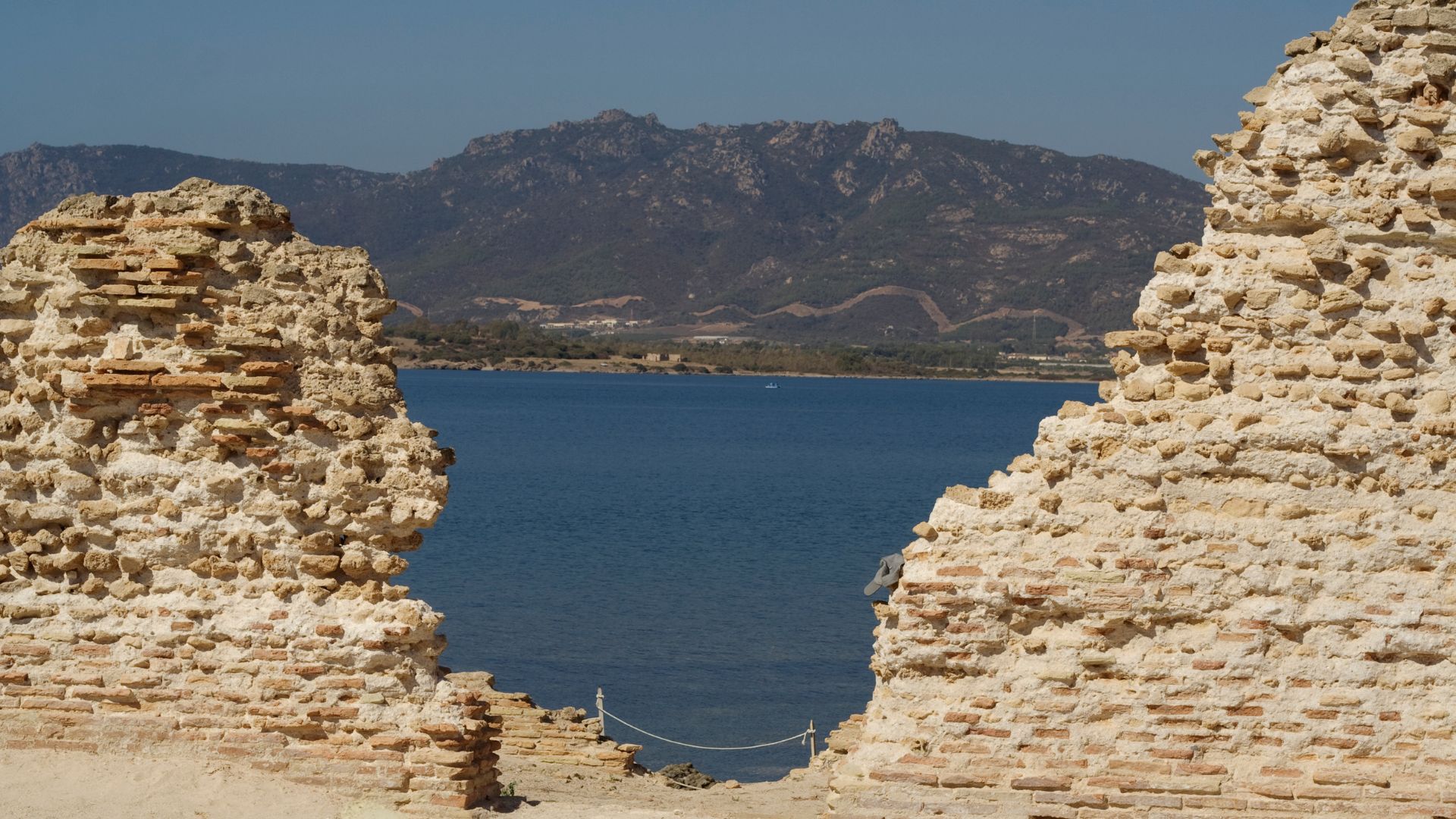
Genetic Links and Modern Research in Phoenician Studies
Recent DNA studies have turned up some fascinating links between ancient Phoenicians and people living around the Mediterranean today.
Scientists actually pulled genetic material straight from burial sites in places where Phoenicians once lived.
It still surprises me that, even after centuries of conflict—including the brutal Lebanese civil war—researchers found clear Phoenician genetic markers in today’s Lebanese population.
Modern technology really changed the game for understanding these ancient folks.
Underwater archaeologists found Phoenician shipwrecks with cargo that’s almost weirdly well-preserved.
These finds let us peek into their daily routines and how they handled trade.
Scholars now get to piece together a fuller picture of Phoenician society, moving past the old, sometimes biased stories from classical writers who mostly saw them as rivals.
When I spent time exploring Nora, I kept noticing how much our modern world—from the alphabet to the way we trade by sea—still follows in the wake of these sailors from the ancient Levant.


